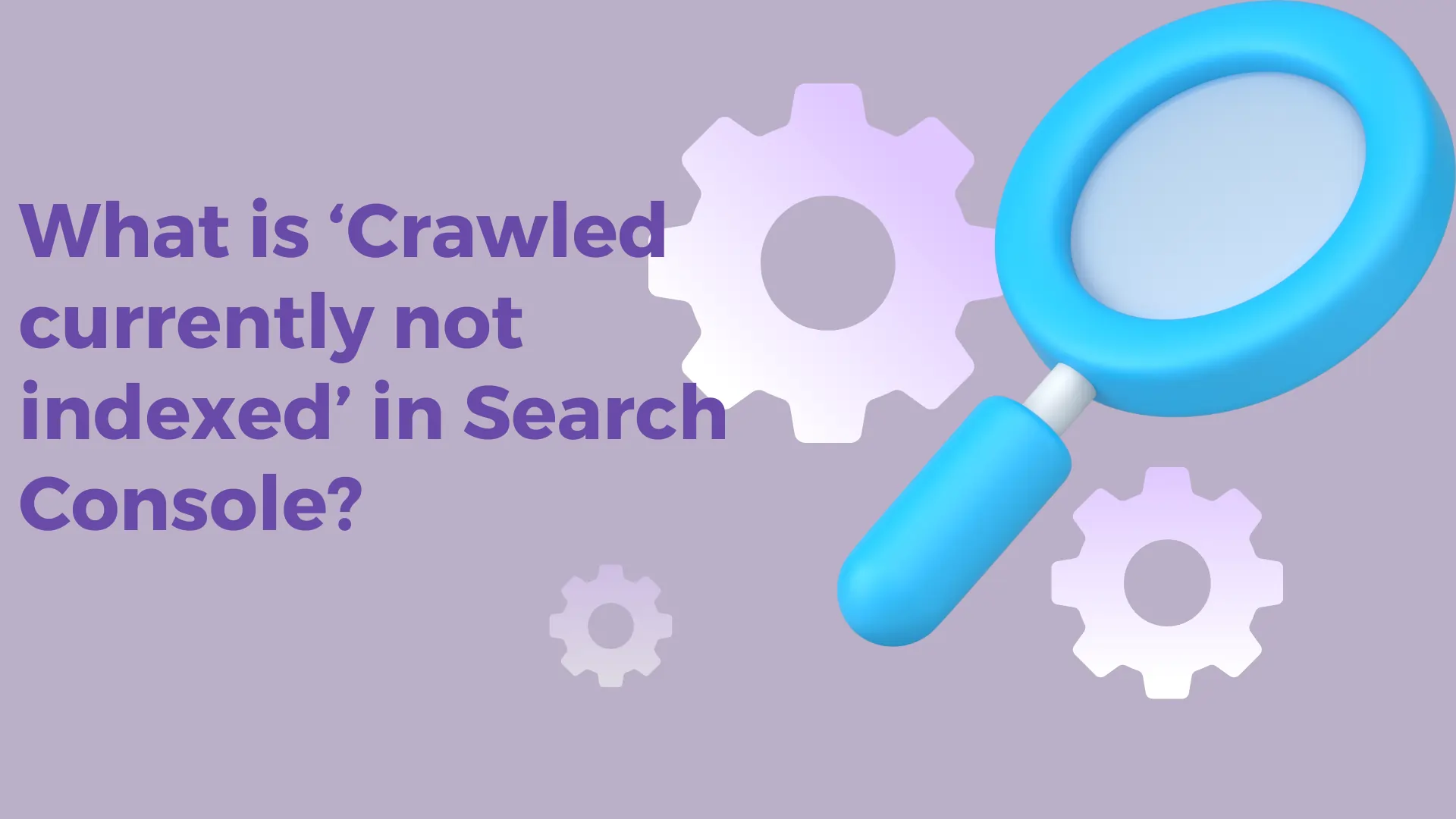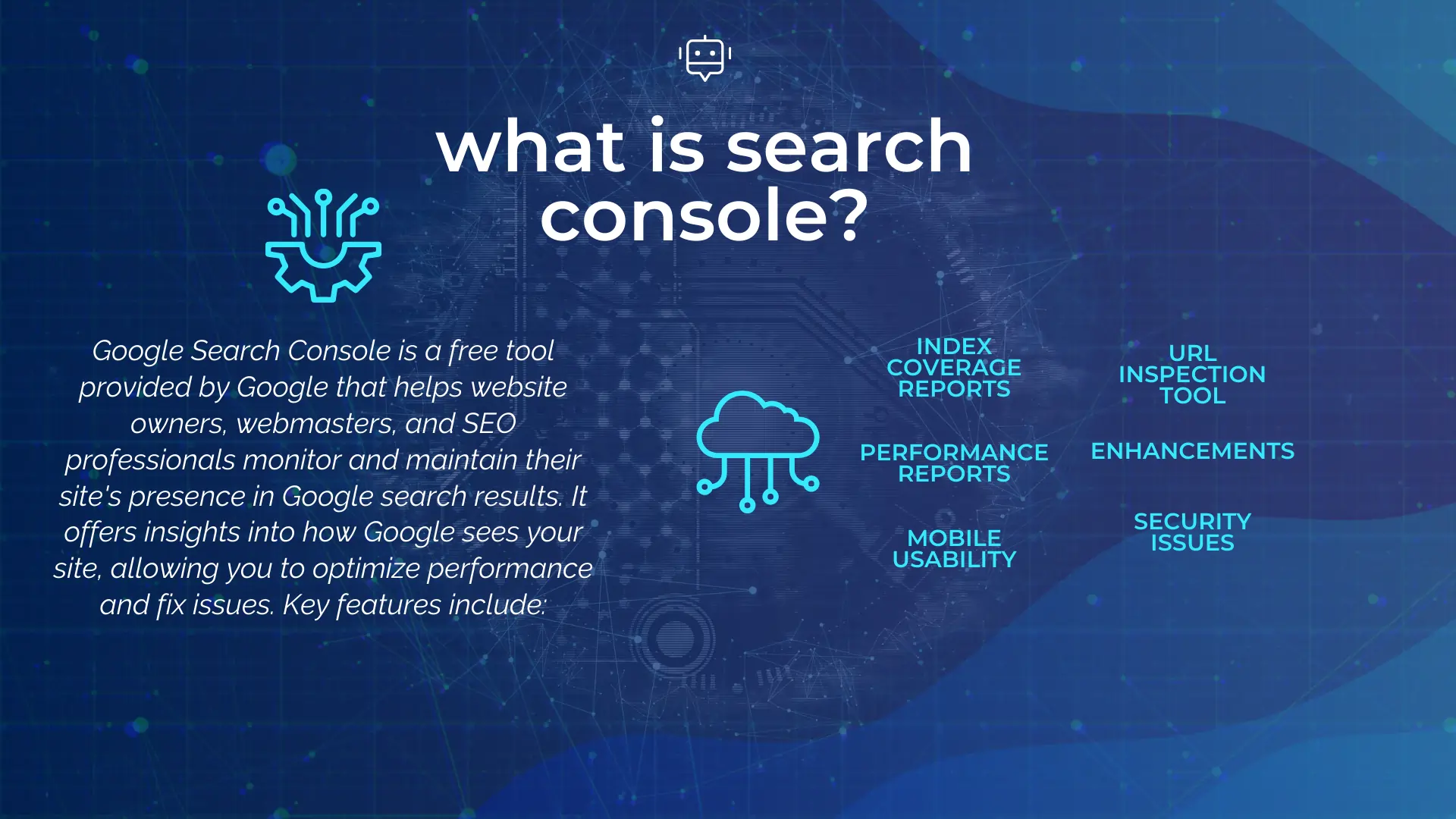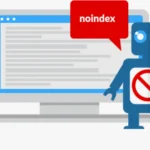What is ‘Crawled currently not indexed’ in Search Console?

What is Crawled currently not indexed?
In simple terms, it means that Google has crawled your website but has not yet indexed it, according to the “Crawled — currently not indexed” status in Search Console. This status shows that although Google is aware of your page, it is not yet included in its search index. The page won’t show up in the SERPs as a result.
There are multiple causes for this condition. It could be the result of poor content, technical problems, or even Google’s indexing procedure. The first step in fixing the problem is realizing why this occurs. You can increase the likelihood that your pages will be indexed and displayed in search results by taking care of the issues that caused them to be in this state.
Why Pages Get Crawled but Not Indexed?
Several factors are important to understand and correct if you are facing this issue, here are some of them:
Quality and Relevance: Google provides the best search results to its consumers. If your content is deemed low-quality or irrelevant, it may not be indexed. This can happen if the information is poorly written, lacks depth, or provides no value to users.
Duplicate Content: When numerous pages contain the same or extremely similar material, Google may crawl them but not index them all to avoid repetition in search results. Duplicate content might confuse search engines and even cause them to skip crawling some pages.
Thin content: It refers to pages that contain little or no substantive information. This comprises pages with few words, insufficient information, or content that does not suit visitors’ needs. Google frequently skips indexing these pages since they don’t add significance to search results.
Technical Issues: Simple technological issues can prohibit pages from being indexed. These include improper meta tags, such as mistakenly employing “Noindex” tags, as well as flaws with the robots.txt file that prevent Google from accessing the pages. Proper indexing requires that your technical settings are accurate.
Content Saturation: On big websites with a lot of similar content, Google may not index all pages, especially if some pages are deemed repetitious or less significant. This is frequently related to content saturation, in which a large amount of comparable material lessens the requirement for each page to be indexed.
So if you want Google or any other search engine to index your pages you will have to be careful of the above issues and rank your web pages in search engines.
You May Also Like to Read: What is Canonical URL?
Be Patience
Recognize that indexing, particularly for new websites, might take some time. Have patience and keep a regular check on your indexing status. Check Google Search Console frequently for crawling and indexing-related problems. Resolve any issues or warnings right away as we have discussed above. Keep note of any modifications you make to your website and observe how they affect search visibility and indexing.

Always Consider Best Practices
To maintain your website valuable and current, add content on a frequent basis. New material can drive more traffic to your website and motivate Google to crawl it more often. To make sure that previous content is still accurate and helpful, you should also evaluate and update it on a regular basis.
Aim to increase website interaction. Users who are actively involved can let Google know how useful your content is. Use social media to spread the word about your work to get more attention and traffic. Your SEO may be indirectly impacted by social signals.
Make sure your website works properly on mobile platforms. A positive mobile user experience is essential since Google’s indexing procedures are designed with mobile devices in mind. Improve the loading time of your website. Faster pages can raise your search engine rankings and offer a better user experience.
You May Also Like to Read: Best Practices To Avoid Duplicate Content
Monitoring
It’s important to regularly check your website. Proper monitoring notifies you of any indexing problems and gives you information about how your website is doing in search results. By routinely using this tool, you may promptly detect and resolve any emerging concerns, such as security breaches, abrupt decreases in the number of indexed pages, or crawling failures. Maintaining the health of your website and ensuring that your content is continuously indexed requires you to be alert and responsive to these warnings.
Conclusion
Understanding the “Crawled — currently not indexed” status is critical to increasing your website’s exposure in search results. This status indicates that Google crawled your page but has not yet put it in its index, preventing it from displaying in search results. Common reasons include low-quality or thin content, duplicate content, technical difficulties, and content saturation. Addressing these concerns is critical for increasing your chances of indexing.
Regular content audits, adhering to SEO best practices, and continual monitoring using tools such as Google Search Console can assist you in identifying and resolving any issues. Patience is essential, particularly for new websites, because indexing might take a while. Maintaining high-quality, relevant content, guaranteeing technical accuracy, and encouraging user engagement will help you improve your website’s indexing status and overall SEO performance.
Thanks For Reading: What is ‘Crawled currently not indexed’ in Search Console?
Partner With Naumaan Oman
Recent Posts
Working Together Ideas come to life
No matter how big your company is, as you expand and reach new highs you’ll want an agency to have your back. One with a process
360presence@gmail.com

© 2023 360PRESENCE All rights Reserved
















